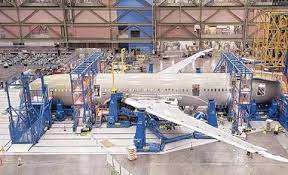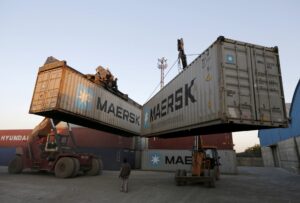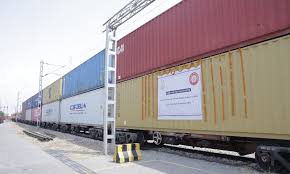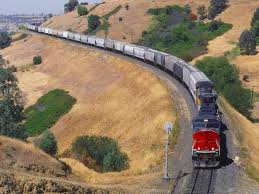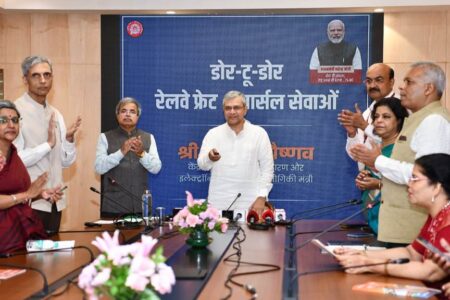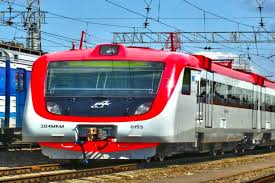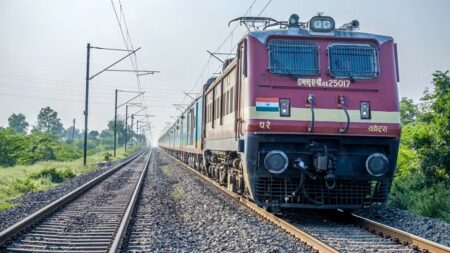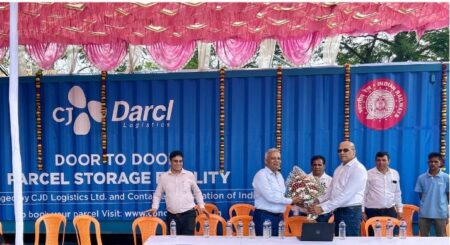India Inc., particularly the logistics industry, has praised the national government’s introduction of the New Logistics Policy (NLP).
The new framework places a strong emphasis on process simplification for seamless coordination and a reduction in total logistics value, in addition to encouraging the use of technology and personnel skill development.
Notably, Prime Minister Narendra Modi said while unveiling the strategy that “we should all seek to bring it to single digit as quickly as feasible” from the 13 to 14per cent logistics cost range. If we want to compete on a worldwide scale, this is the low-hanging fruit. The National Logistics Policy will benefit from the PM Gatishakti National Master Plan, the PM added.
The government also stated that the Unified Logistics Interface Platform (ULIP) will consolidate all digital services related to the transportation industry into a single platform, freeing exporters from a number of extremely drawn-out and onerous procedures. A new digital platform called Ease of Logistics Services-e-logs has also been launched as part of the mega policy vision. Business groups can directly address any issues affecting their operations and efficiency with the federal government agencies through this platform. Additionally, a comprehensive mechanism has been set up for the quick resolution of such situations.
Market observers believe that NLP will introduce a new revolutionary approach to the country’s logistics environment, leading to increased effectiveness throughout supply chains. Arindam Guha, Partner, Government & Public Services Leader, Deloitte India, anticipates that the new programme will enable a modal shift in logistics from the current over-dependence on roads (over 60per cent share currently as opposed to 25per cent globally) to railways (30per cent currently as opposed to around 60per cent globally) and waterways, which currently have only a 5per cent share within the modal combine.
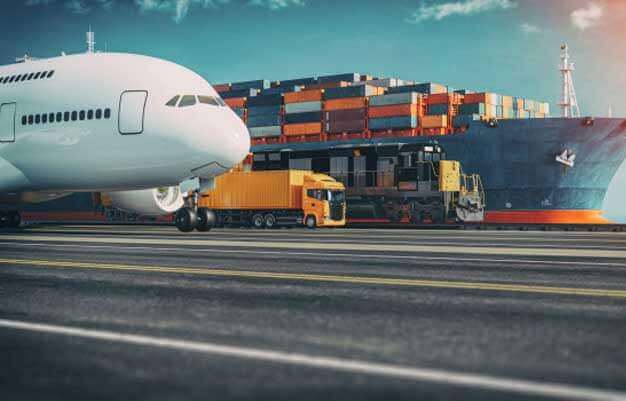
The NLP has been hailed by stakeholders in the logistics industry as a huge step forward for the country’s logistics sector.
“The launch of the NLP is a significant step for the industry. The strategy will help reduce inventory, warehousing, and transportation costs, bringing the total cost of logistics down to about 8per cent of GDP over the next five years. The integration of the logistics sector will be largely facilitated by the digitalization of the industry and the development of unified portals. Blue Dart Chief Commercial Officer Ketan Kulkarni said that ELOG will thoroughly address the difficulties facing the business, whereas ULIP will act as a single window for the e-logistics market.
Industry watchers agree that the policy’s greater emphasis on improving human resources and working conditions is a well-intentioned measure meant to increase the formalisation of the industry. Notably, the introduction of logistics and supply chain programs for college students is expected to improve employment and handle personnel issues within the sector as a result of the strategy.
The NLP will bring about a paradigm shift in the logistics industry, according to Vineet Agarwal, MD of Transport Corporation of India.
According to him, the movement toward seamless multimodal transportation and modern connectivity has the potential to completely transform the game by shifting the transportation burden away from just the road to other modes as well. It will support our ESG objectives and enable us to concentrate on a more advantageous cost structure. Agarwal said India will become one of the top 25 logistics performers in the world thanks to the paperless supply chain program, improved cooperative federalism, the convenience of the logistics services site (e-log), and standardisation of the warehousing industry.
According to Rampraveen Swaminathan, MD and CEO of Mahindra Logistics, connectivity and superior infrastructure will become even more crucial as India aims to have a $5 trillion economy by 2024–25. According to Swaminathan, the NLP is an outstanding enhancement for the industry to this effect. He claims that the policy will bring the goods closer to the consumption factor and further boost warehousing capacity.
In particular, industry representatives have praised the national government’s increased push for technology adoption through several measures in the new policy. Notably, the government has recently worked toward initiatives like the paperless EXIM commerce process through e-sanchit, faceless evaluation for customs, provisions for e-way payments, FASTag, and other initiatives that have increased corporate effectiveness.
According to Kami Viswanathan, Senior Vice President of FedEx Express for the Middle East, Indian Subcontinent, and Africa, as India attempts to modernize its supply chains and infrastructure, it is obvious that technology is crucial for bringing together all interested parties and enhancing complexity management. According to her, “the creation of an integrated and effective logistics ecosystem is a vital enabler for India to grow its economy to $5 trillion and increase trade competitiveness.”
According to Arham Pratap Jain, the policy may even help PM GatiShakti’s master plan, which was introduced last year. Jain is the founder of the digital freight platform trucknetic. “It will simplify cross-modal connectivity, which is important to lessen the pressure on roads and highways.”
An integrated digital logistics system, which will help to streamline the procedure and make it easier for both producers and customers, is the one thing that will help us succeed, according to Jain.
Notably, the most current national policy includes a Comprehensive Logistics Action Plan (CLAP) that details the NLP’s specific goals. These include: intending to rank among the top 25 nations in the Logistics Performance Index by 2030 and lowering India’s logistics costs to be similar to global benchmarks by that time (LPI).
In the (most recent available) World Bank Logistics Index of 2018, India was ranked forty-fourth in terms of logistics costs, while China and Vietnam were ranked twenty-sixth and thirty-ninth, respectively.
Source: Business Standard


